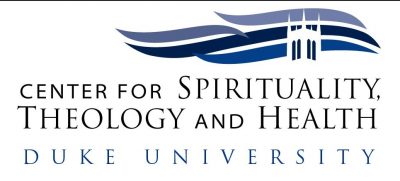With support from the John Templeton Foundation, the Duke Center for Spirituality, Theology and Health conducted a survey of medical school, nursing, and public health deans. In addition, in order to develop our understanding more thoroughly, a sub-sample of 20 deans of medical education were selected for more in-depth interviews. The results of the medical school survey are as follows.
Until now, no systematic information existed on what U.S. medical schools are teaching with regard to spirituality and health or what the attitudes of faculty are toward inclusion of this subject in the medical curriculum. We surveyed deans representing 122 US medical schools accredited by the Liaison Committee for Medical Education, obtaining responses from 85% (n=104), with 94% (n=115) responding to the primary question. Results indicated that ninety percent (range 84%-90%) of medical schools have courses or content on spirituality and health, 73% with content in required courses addressing other topics and 7% with a required course dedicated to spirituality and health. Although over 90% of deans indicate that patients emphasize spirituality in their coping and health care, only 39% say that including spirituality and health is important. When asked if their institution needs more spirituality and health curricular content, 43% indicated they did. However, even if funding and training support were available, only 25% said they would open additional curricular time for this subject. National policy statements, established competencies, or methods to evaluate student competencies in S&H were generally considered unimportant. We conclude that most U.S. medical schools have curricular content on spirituality and health, although this varies greatly in scope. Despite acknowledging its importance to patients, the majority of deans are uncertain about including spirituality and do not think more content is needed.
Citation: Koenig HG, Hooten EG, Lindsay-Calkins E, Meador KG (2010). Spirituality in medical school curricula: Findings from a national survey. International Journal of Psychiatry in Medicine 40 (4):391-398
